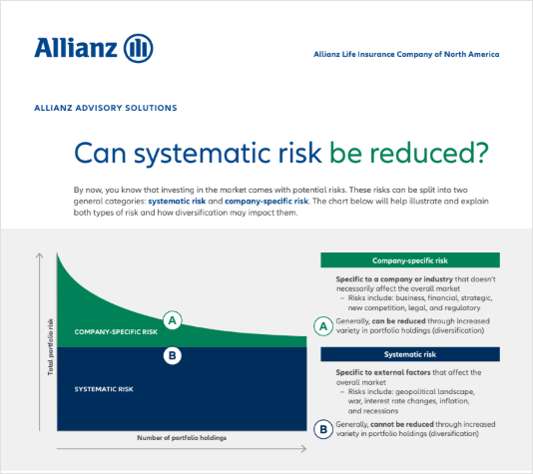As the market for single premium immediate and deferred income annuities heats up, a calculation you can use to compare competing products and estimate embedded costs is called the Money's Worth Ratio. The concept was developed in a 1999 analysis by Olivia Mitchell, James Poterra, Mark Warshawsky and Jeffrey Brown, which you can find here: http://business.illinois.edu/ormir/AER%20December%201999.pdf
A less academic explanation is offered by the website Retire Early: http://www.retireearlyhomepage.com/annuity_costs.html
In essence: "You can estimate the costs embedded in a single premium immediate annuity by comparing the premium quote you get from the insurance agent to the expected present discounted value (EPDV) of an immediate life annuity. … Economists define the ratio between the EPDV and the premium quote as the Money's Worth Ratio."
To determine EPDV, you will need:
-
The current yield on 10-year U.S. Treasuries, which is used as the discount rate in the present value calculation.
-
The client's life expectancy taken from the most current Social Security Actuarial Life Table, which is here: http://www.ssa.gov/oact/STATS/table4c6.html
Example: You quote an SPIA rate of $550 per month ($6,600 per year) for a 65-year-old male with a life expectancy of 17.57 years, according to the Social Security Actuarial Life Table. The premium is $100,000. Using a discount rate of 2.4% (for the 10-year Treasury yield), the present value of this payment stream over 17.57 years is $93,715.



